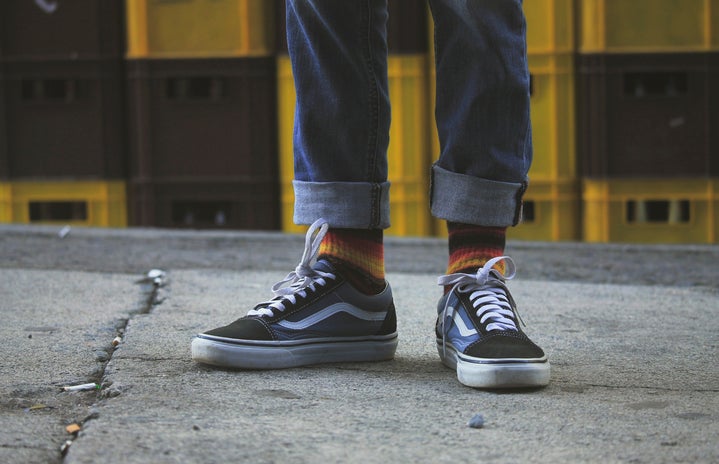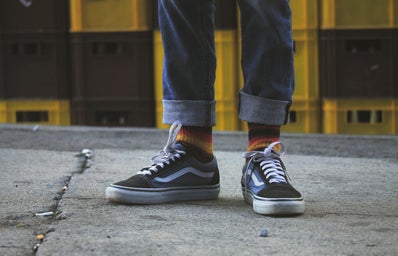The uncluttered, futuristic designs of Andre Courreges and Mary Quant of the 1960’s – featuring short skirts, childish pinafores and boxy shapes – faded as fashion took to the influences of Art Nouveau, Hollywood, and William Morris during the early 1970’s.
Perhaps this mirrored the changing mood of this time period: a shift from optimism and scientific discovery to pessimistic radicalism, revolutionary slogans, and environmental concerns.
That is not to say that fashion designers consciously expressed such a mood but fashion was beginning to be influenced more than ever before by the youth movements and street styles. Quant successfully interpreted the mod styles for mass produced fashion, while this loud- outspoken style known as hippie chic, was not yet adapted for the high streets.
Designers Barbra Hulanicki (the creator of Biba) and Laura Ashley, through the bus stop boutiques of the early 70’s, were the frontrunners to this new picturesque aesthetic. Rock bands, John Lennon and Yoko Ono, and singers such as Janis Joplin and Jimmy Hendrix gave the strange collage of the hippie-ethnic style.
What I find so interesting about this radical fashion shift is the concept of a particular status clearly represented through style. For instance, much of what the 60’s and 70’s gave way to (and the concept can still be applied today) was the idea that poor people dress up; only rich people can afford to dress down. To the poor, second-handed dress bears the stigma of poverty, and thrift and the look of impoverishment is one to be avoided.
In the late 1960s and 1970s, secondhand dress became associated with the counterculture and its aspirations aimed toward an alternative society. This signaled a refusal of materialism and a utopian desire to escape the trammels of consumer capitalism. Notice, this resistance to material wealth often produces stylized images of poverty, which seemed to actually mock legitimate poverty.
The natural fabrics of vintage clothing were valued over and above the synthetics that dominated the mass market. Old fur coats were worn over printed crepe dresses. Antique lace petticoats, Victorian shawls, army greatcoats, and tailored wool jackets from the 1940’s were mixed to produce an individual countercultural style. How interesting that fashion was (and even today has become) that which was (or is) out of fashion within the counterculture.
For instance: Think about some of the highest-class stores you know and what they have been selling the last two years. Have you ever paid too much money for a draped white t-shirt, possibly worn in looking, maybe even custom designed with holes just to look rugged and vintage? Or even the classic ripped jeans- we all pay good money for people to rip holes in our jeans!
It’s a funny concept to really think about. How do trends occur? And why have fashion trends in particular unraveled this way?
This shabby chic appearance that started in the 1970s went downhill for a short while before getting picked up by Mary-Kate and Ashley Olsen at the turn of the century. This completely revolutionized fashion trend is still totally hot. Ladies think tight designer jeans and a baggy ripped shirt. Or boyfriend jeans and a tight top with a loose hairdo and fur vest. Or add layers to your outfit with an oversized sweater, a patterned scarf and a trendy necklace, showing that you can pull off whatever comes your way.
So girls, go look through your mom’s high-school wardrobe and find those high wasted tight jeans and moccasins. Then ask your dad for his old worn in crew shirt and top the outfit off with a full wrist of beaded bracelets. Now look, you’ve instantly recreated the hippie chic appearance without any cost at all! So cheers to history for yet again repeating itself!

